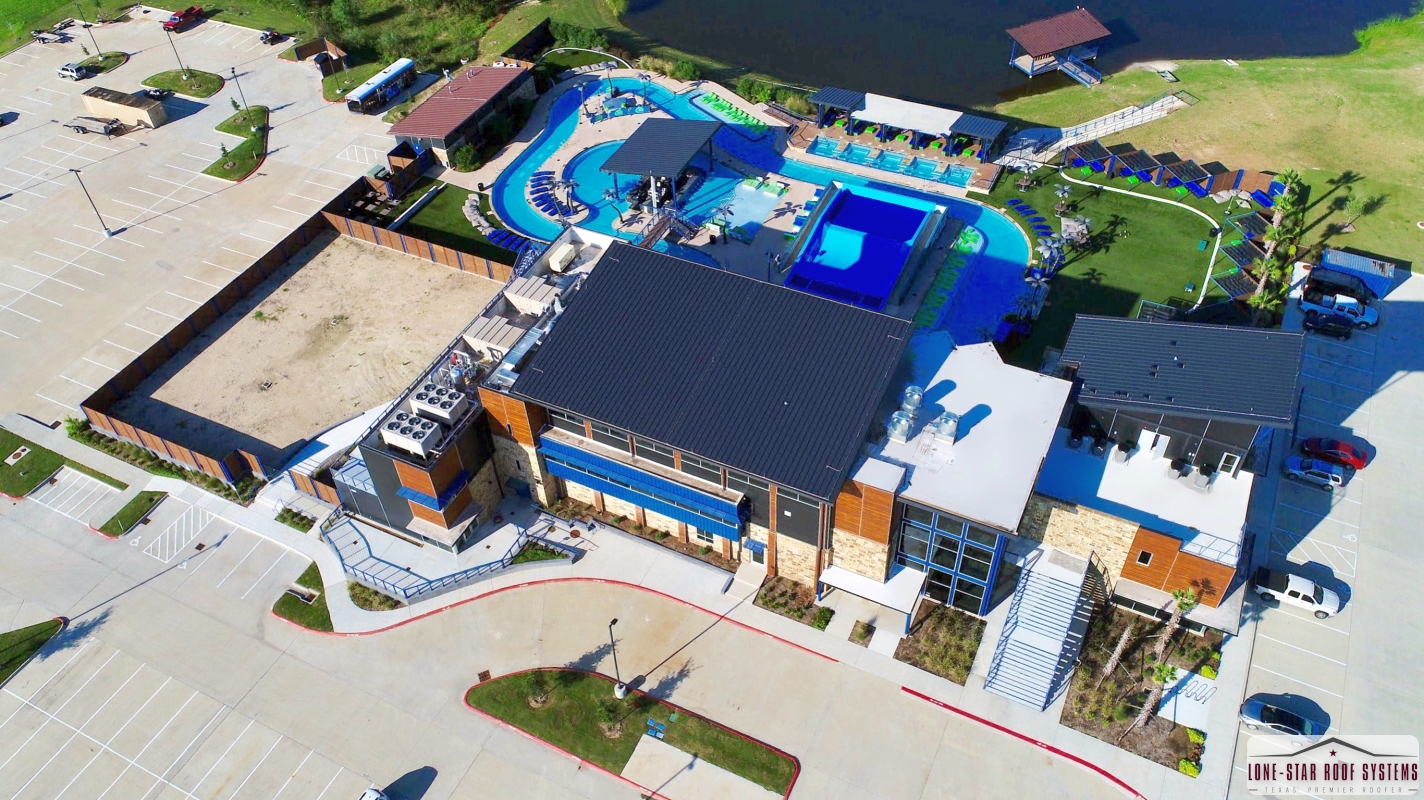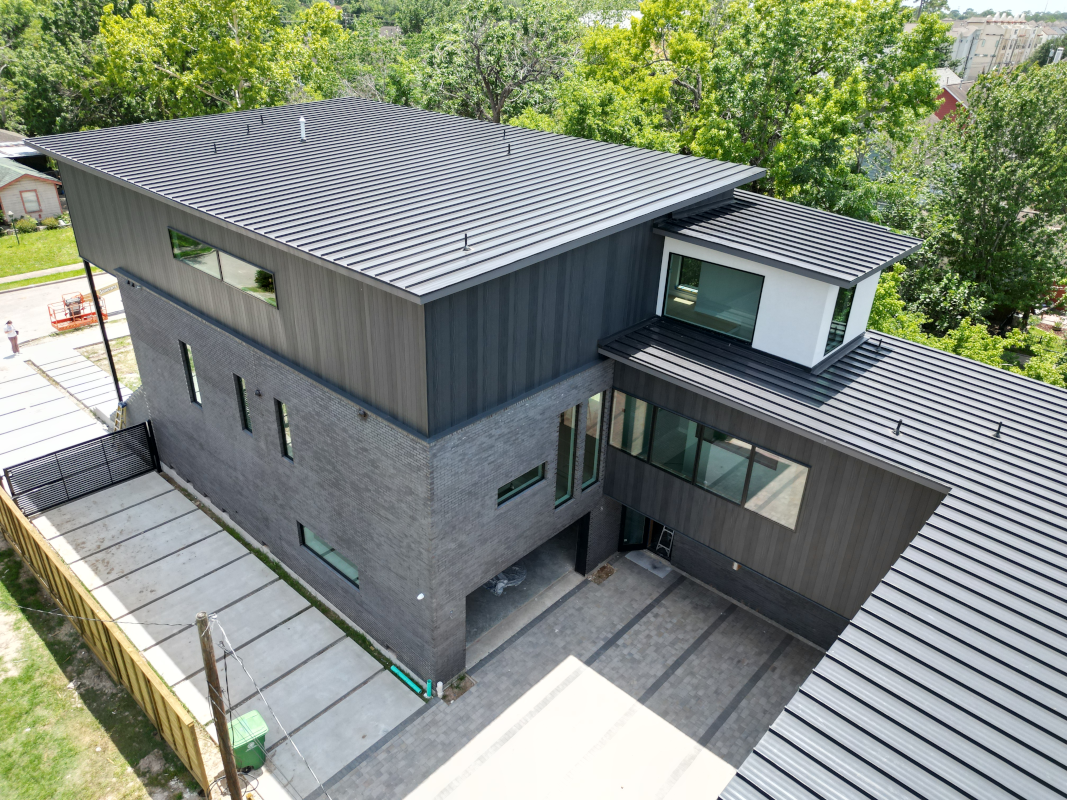Winter roofing is difficult, but keeping your home warm and safe during the colder months is essential. In this blog post, we’ll take a closer look at the fascinating process of winter roofing and how it differs from traditional roofing methods. From the materials used to the unique challenges of working in the cold, you’ll understand what it takes to get the job done. Join us as we explore the process of winter roofing, from snow to shingles.
One of the most significant differences between winter roofing and traditional roofing is the materials used. Asphalt shingles, for example, can become brittle in colder temperatures, making them more difficult to install. Many contractors use alternative materials, such as rubber or thermoplastic olefin (TPO) membranes, which are more flexible and resilient in cold weather.
Another challenge of winter roofing is dealing with snow and ice buildup. Before any work can begin, contractors must clear the roof of any snow or ice to ensure a safe working environment. They may also use special equipment, such as heated blankets or steamers, to melt any remaining ice and prevent further buildup.
Once the roof is clear, contractors can begin the installation process. This can be particularly challenging in cold weather, as the materials may need to be heated to make them more pliable. Contractors must also take extra precautions to ensure that the materials are properly sealed to prevent any water infiltration.
Despite the challenges, winter roofing can be a rewarding and fascinating process. By understanding the unique demands of the job, you can gain a deeper appreciation for the skilled professionals who make it all possible. Whether you need a new roof this winter or are simply curious about the process, this blog post has provided some insight into the world of winter roofing.
In conclusion, winter roofing is a fascinating and complex process that requires specialized knowledge and skills. From dealing with unique challenges such as snow and ice buildup to using alternative materials that can withstand colder temperatures, winter roofing is a task that should only be handled by experienced professionals. By understanding the job’s process and demands, homeowners can make informed decisions regarding their roofing needs during the colder months. With suitable materials, equipment, and expertise, contractors can ensure a safe and efficient installation that will keep homes warm and dry all winter long.



